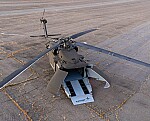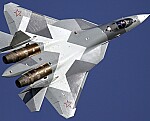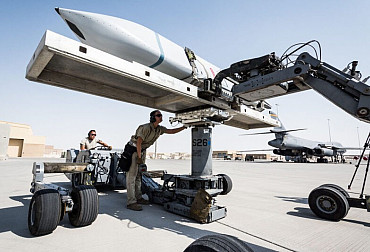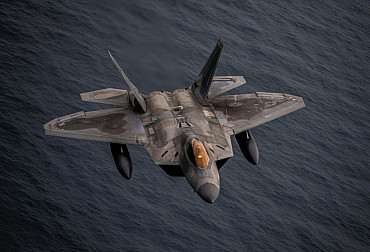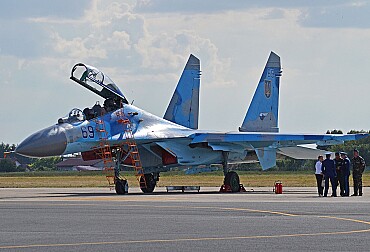The B-21 Raider: A New Era in Stealth and Technology
In the ever-evolving landscape of aerial warfare, the B-21 Raider stands as a testament to the leaps in technology and strategic capability that define modern military aviation. Developed by Northrop Grumman for the United States Air Force, the B-21 represents the future of stealth bombers, designed to meet the complex challenges of the 21st century's geopolitical climate. Marking a significant milestone, the B-21 Raider completed its first flight on November 10th, a momentous event underscoring its readiness to redefine the boundaries of aerial combat. This article delves into the features, capabilities, and strategic significance of the B-21 Raider, highlighting its role in shaping the future of air combat.
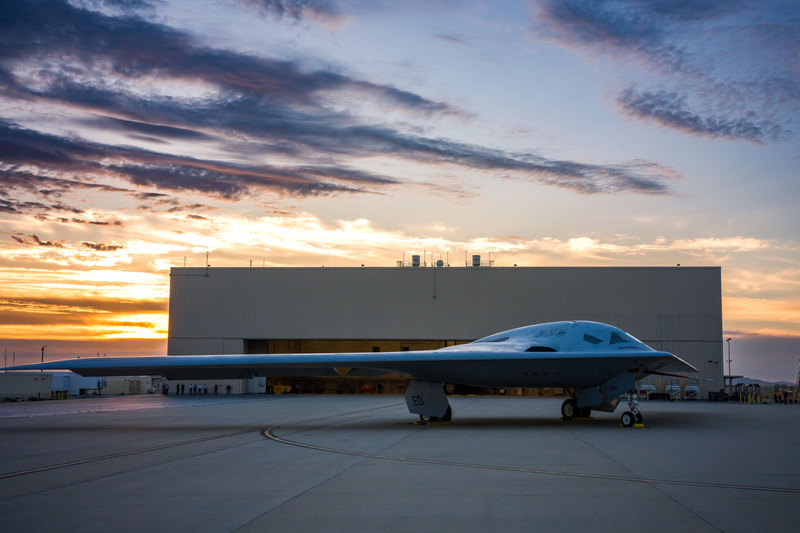
— Matt Hartman (@ShorealoneFilms) November 10, 2023
Development and Design
The B-21 Raider, named in honor of the Doolittle Raiders of World War II, is a direct descendant of the venerable B-2 Spirit. Its development, part of the Long Range Strike Bomber program (LRS-B), was shrouded in secrecy, reflecting its strategic importance. Northrop Grumman, leveraging its experience with the B-2, has designed the B-21 with advanced stealth technology, making it less detectable to enemy defenses.
The aircraft's design emphasizes a blend of low-observable characteristics, advanced avionics, and efficient performance. While specific details remain classified, it is known that the B-21 incorporates a flying wing design, a feature conducive to reducing radar cross-section. This design, coupled with advanced materials and coatings, ensures that the B-21 can operate in highly contested environments, a necessity in modern warfare.
Capabilities and Features
The B-21 Raider is expected to be a multi-role bomber, capable of delivering both conventional and nuclear payloads. Its range and payload capacity are designed to enable global reach, providing the US Air Force with a platform capable of striking anywhere in the world with minimal notice.
One of the most significant advancements in the B-21 is its integration with networked battle management systems. This allows the bomber to function within a larger ecosystem of intelligence, surveillance, and reconnaissance (ISR) assets, enhancing situational awareness and strategic flexibility.
Furthermore, the B-21 is designed to be highly adaptable, with a modular architecture that allows for the integration of future technologies and weapons systems. This adaptability ensures that the aircraft can remain relevant as new threats and technologies emerge.
Strategic Significance
The introduction of the B-21 Raider into the US Air Force's arsenal marks a significant shift in strategic capabilities. Its ability to operate in anti-access/area denial (A2/AD) environments makes it a key asset in potential conflicts where adversaries employ sophisticated air defense systems. The B-21 enhances the United States' nuclear deterrence posture, ensuring the credibility of its strategic bomber force.
Moreover, the B-21's advanced stealth and ISR capabilities enable it to perform intelligence and reconnaissance missions in addition to its primary role as a bomber. This versatility makes it an invaluable asset in a range of military operations, from counter-terrorism to conventional state-on-state conflict.
Conclusion
The B-21 Raider is more than just a new aircraft; it is a symbol of the future of aerial warfare. With its advanced stealth, versatile capabilities, and integration into networked battle management systems, the B-21 represents a significant leap forward in military aviation technology. Its successful first flight on November 10th not only marks a major achievement in its development program but also signals the dawn of a new era in air combat capabilities. As it prepares to enter service in the mid-2020s, the B-21 Raider is poised to become a cornerstone of American air power, ensuring the United States maintains its edge in the increasingly complex and challenging realm of global military operations.



